
AeroGenie — Seu copiloto inteligente.
Tendências
Categories
Narrowbody Aircraft Segment Reaches 1,000 Units
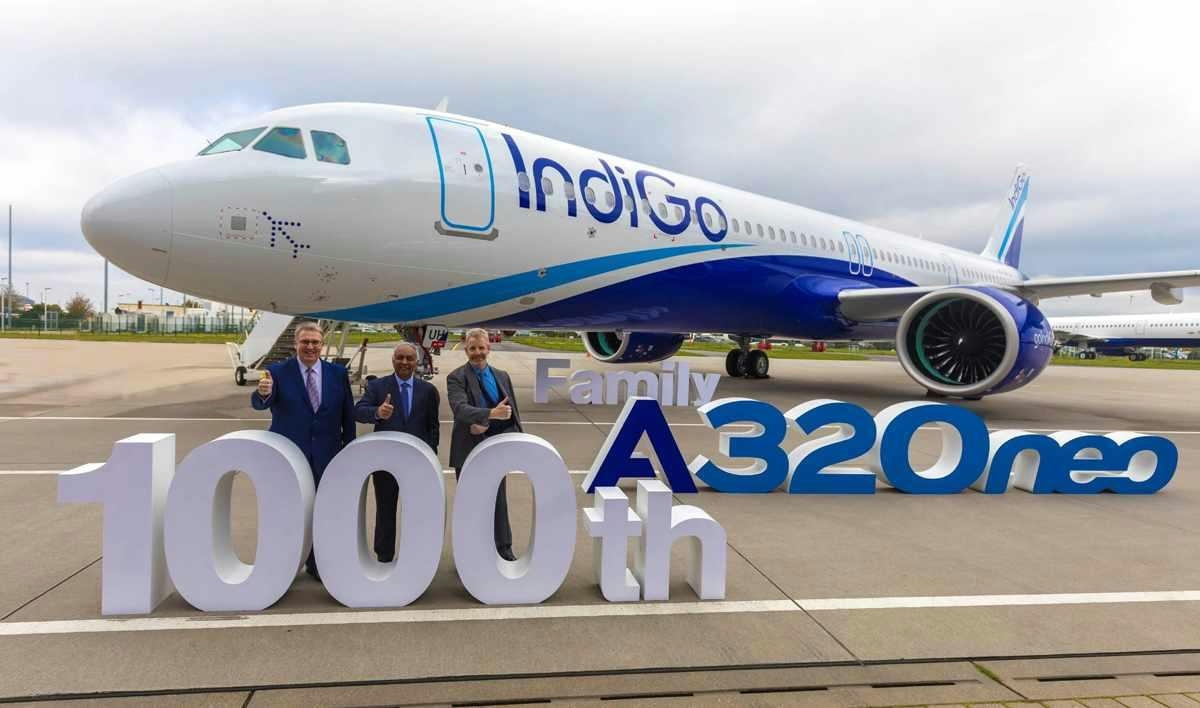
Narrowbody Aircraft Segment Set to Surpass 1,000 Units Amid Industry Challenges
The global narrowbody freighter segment is on track to exceed 1,000 aircraft within the first half of the next decade, according to Cargo Facts Consulting’s latest twenty-year Freighter Forecast for 2025-2044. This milestone highlights the rapid expansion of the narrowbody market, with the medium-widebody fleet expected to reach a similar scale by the end of the decade and the large-widebody category projected to achieve the 1,000-unit mark by 2044.
Manufacturing and Financial Challenges
Despite the promising growth trajectory, the narrowbody segment faces significant challenges in reaching this threshold. High-rate manufacturing has become a critical focus for industry leaders, especially as Airbus and Boeing prepare to introduce next-generation single-aisle aircraft (NGSA). Airbus, in particular, is emphasizing efficiency and scalable production in its future narrowbody programs to meet increasing demand while maintaining quality and reliability, according to Aviation Week.
However, the path forward is complex and fraught with financial risks. A recent McKinsey & Company – Aviation Week survey estimates that development costs for NGSA could reach as high as $25 billion, with a payback period extending between 10 and 12 years. These substantial investments are further complicated by ongoing supply chain disruptions, which aerospace executives warn could undermine the ability to sustain high production rates and ensure timely delivery of components.
Market Outlook and Industry Confidence
Market forecasts from both Airbus and Boeing remain optimistic, with both manufacturers aligned in their long-term outlook for airliner demand. This shared confidence is driving a competitive race to capture market share as airlines seek to modernize their fleets and expand capacity. Nevertheless, the industry’s ability to fulfill these projections will depend heavily on overcoming manufacturing bottlenecks and managing the considerable financial commitments required for next-generation aircraft.
Despite these challenges, industry confidence remains robust. The McKinsey survey reveals that 84% of respondents expect a new NGSA to enter service by 2035 or earlier, reflecting widespread optimism about technological advancements and the resilience of the market.
As the narrowbody segment approaches the 1,000-unit milestone, the coming decade will test the aerospace industry’s capacity to innovate, scale production, and navigate economic headwinds—factors that will ultimately shape the future of global air cargo and passenger transport.
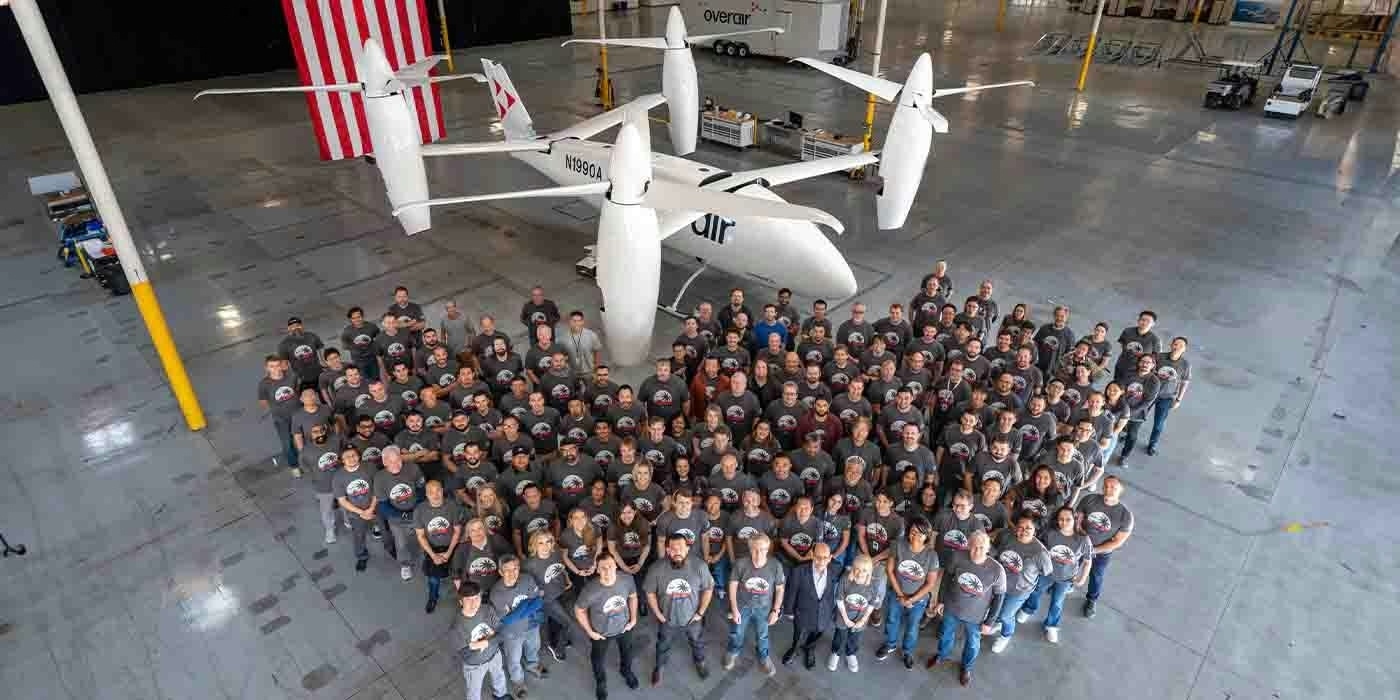
Unique mixed-propulsion eVTOL completes transition flight testing
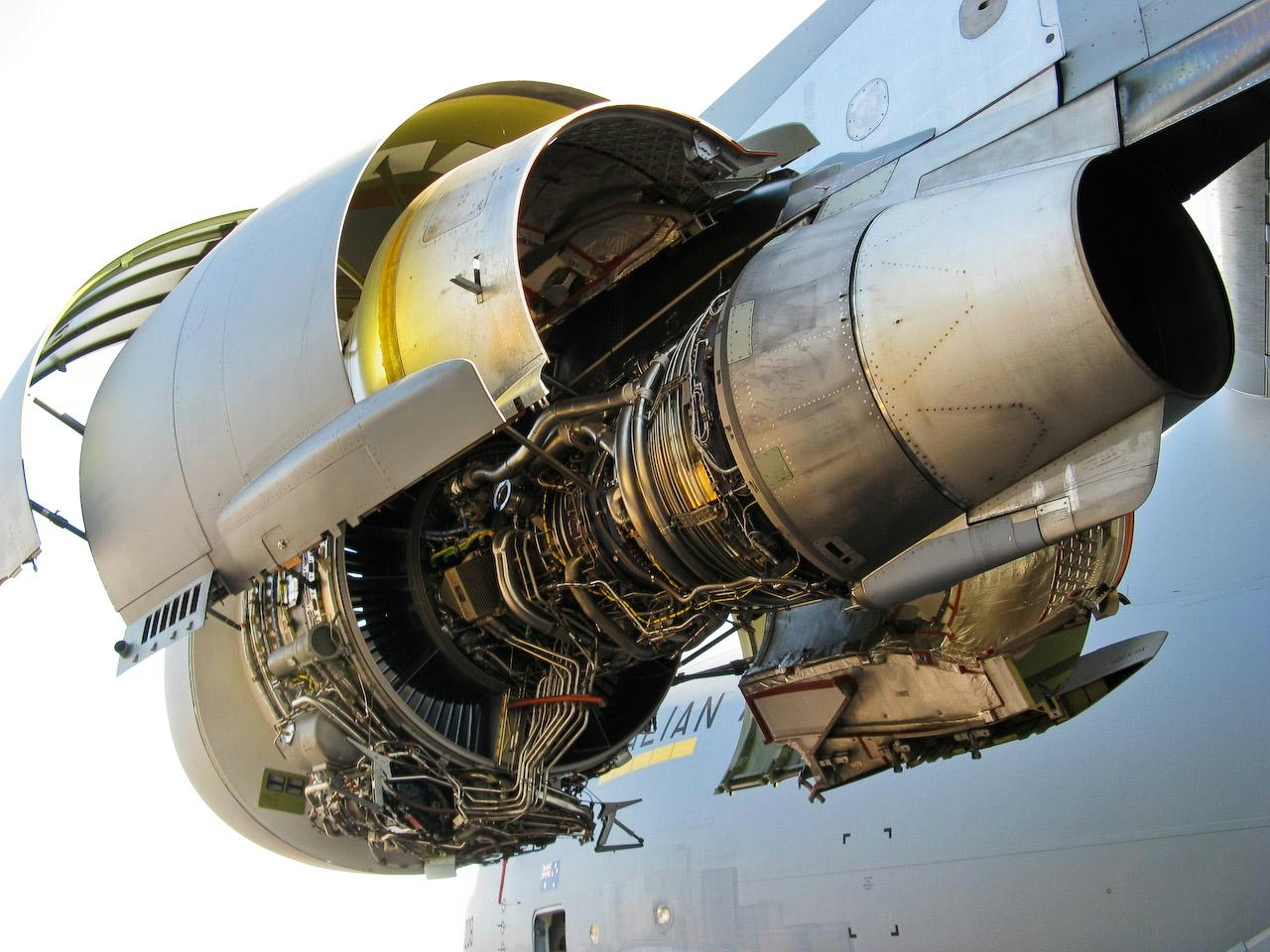
Are C-17 Globemaster Engines Derived from Boeing 757?
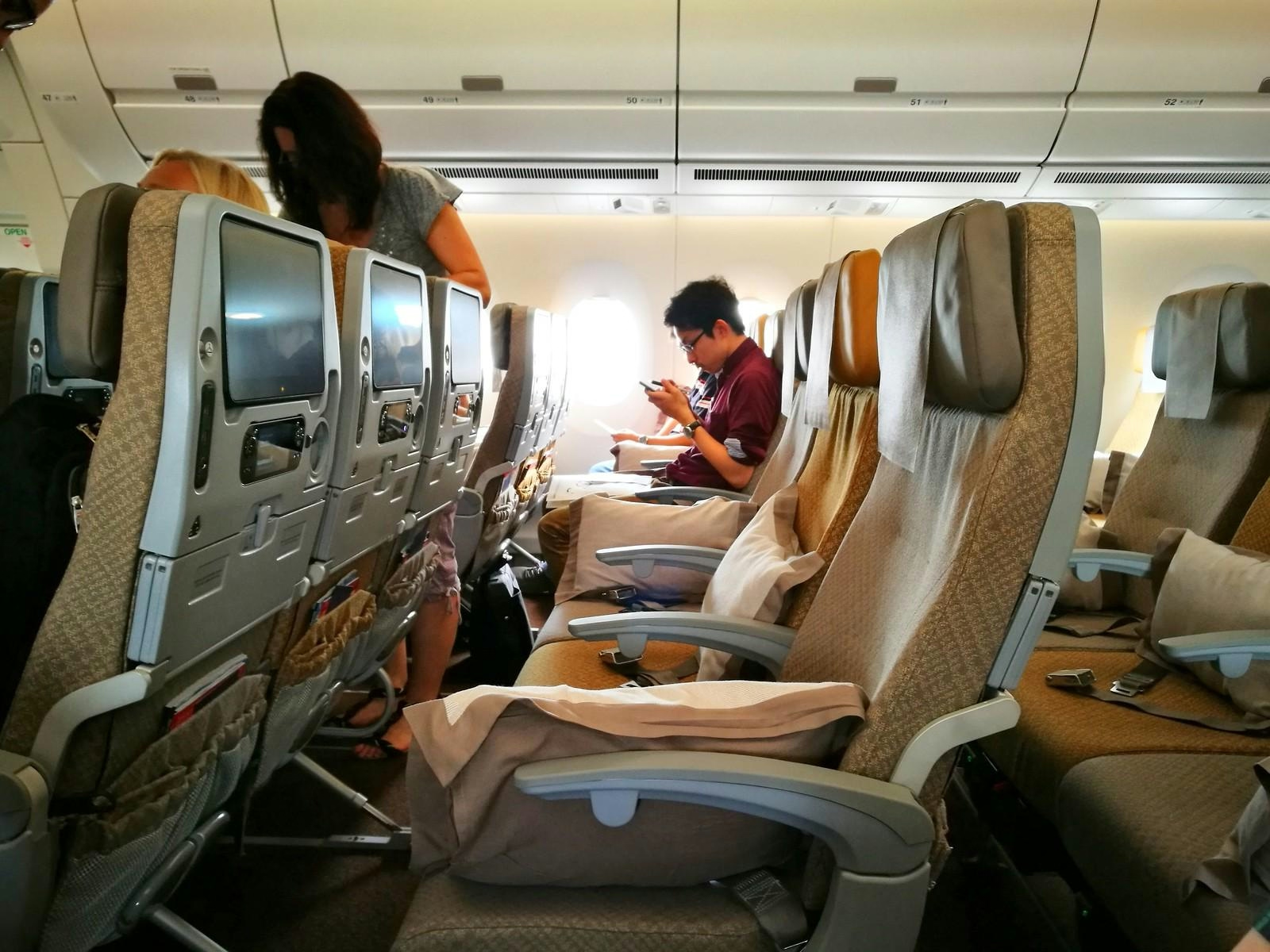
Why the Airbus A350’s Cabin Is Quieter Than Other Aircraft
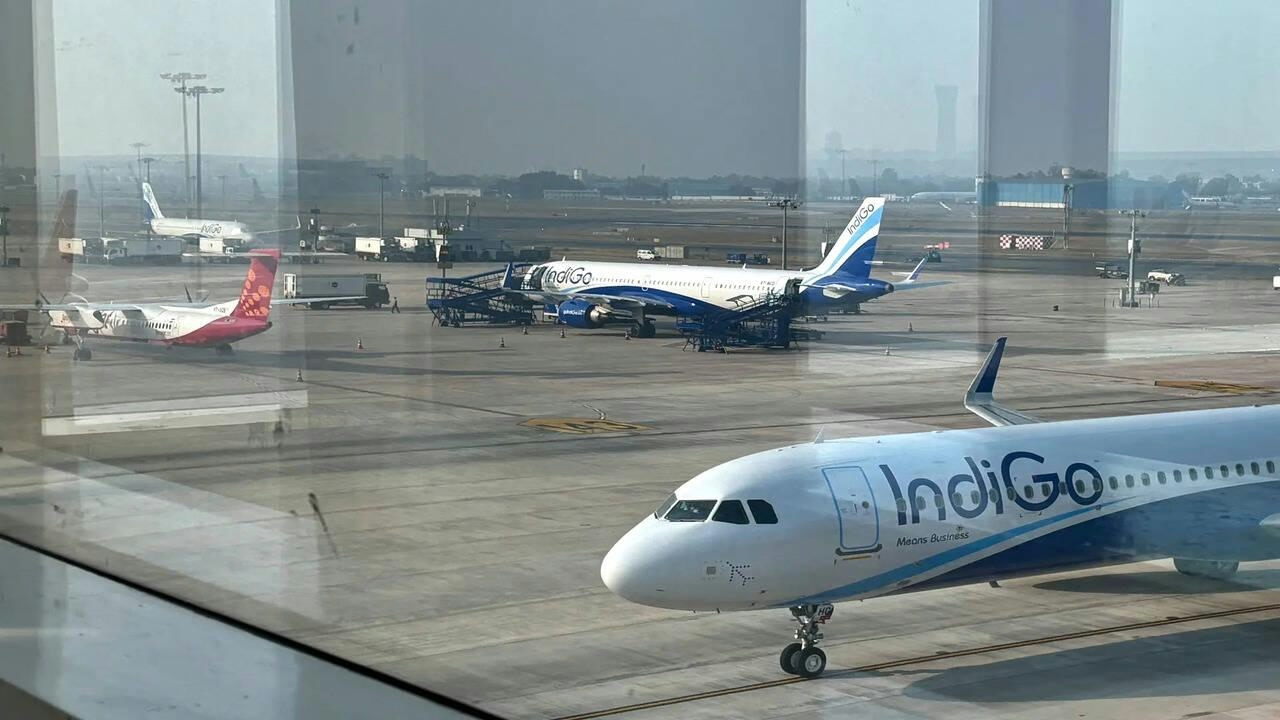
AI and AI Express Plan to Increase Capacity Amid IndiGo Flight Disruptions
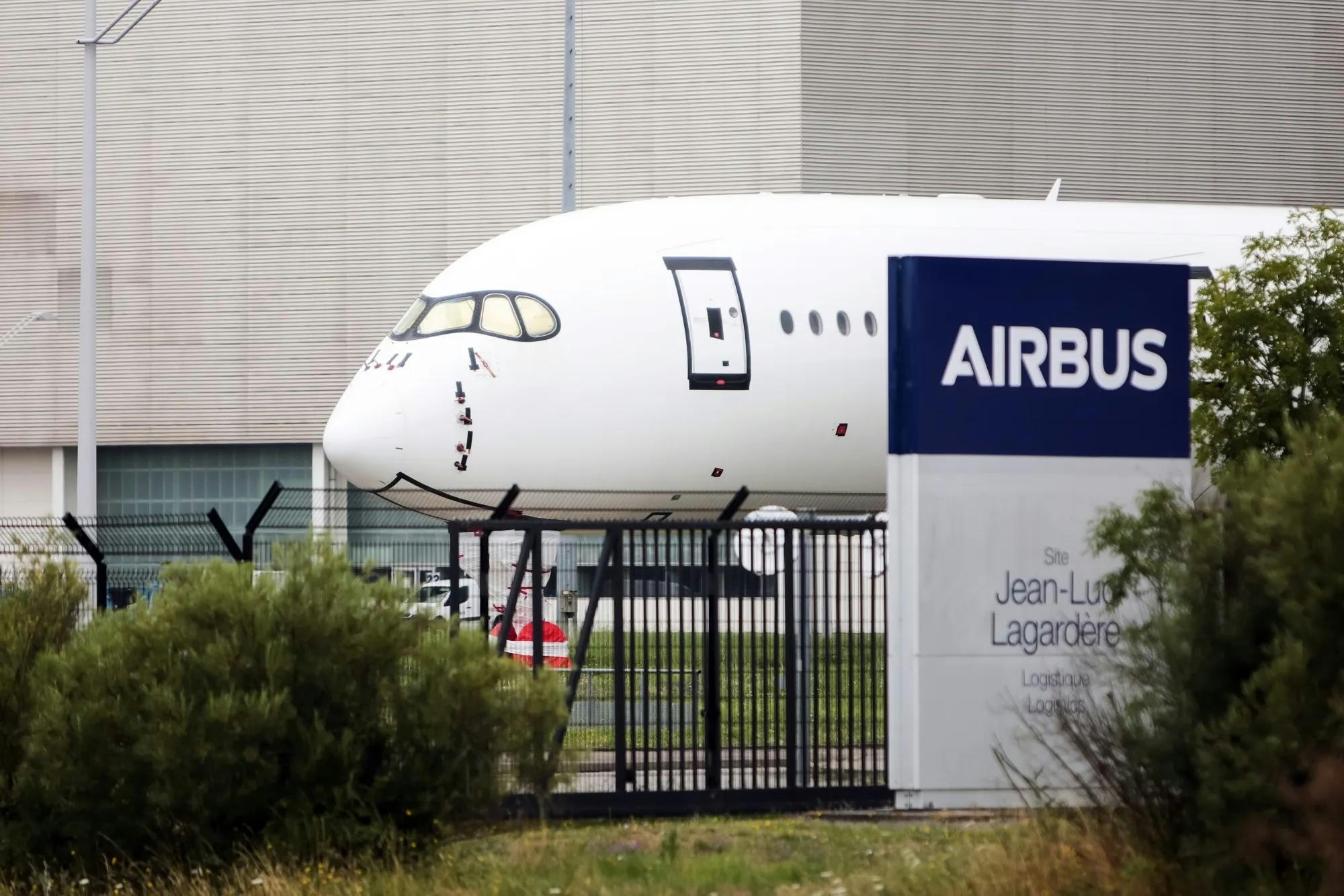
Kazakhstan and France Agree on Airbus Aircraft Deliveries
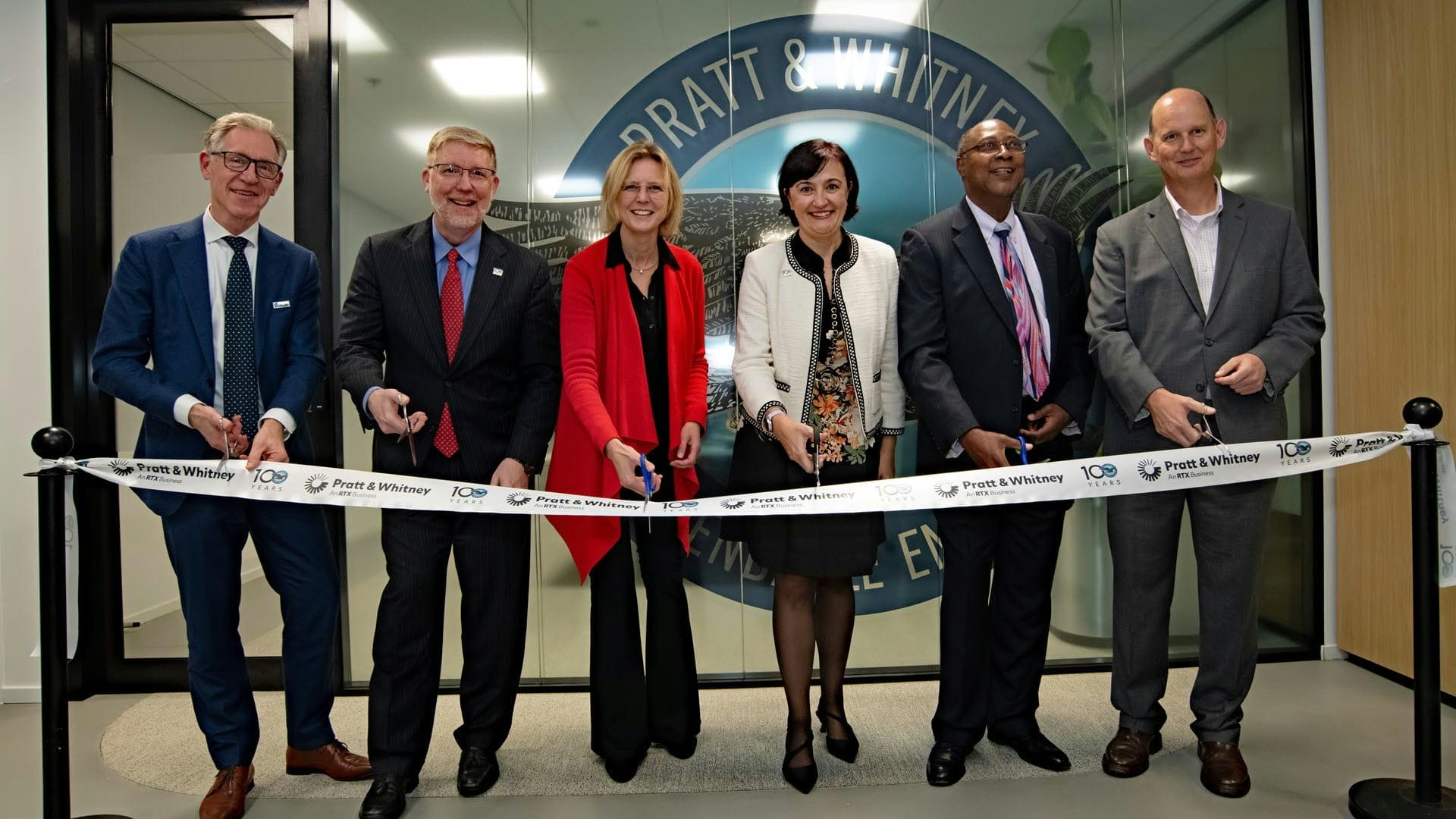
Europe’s Emerging Talent Drives Aviation Innovation
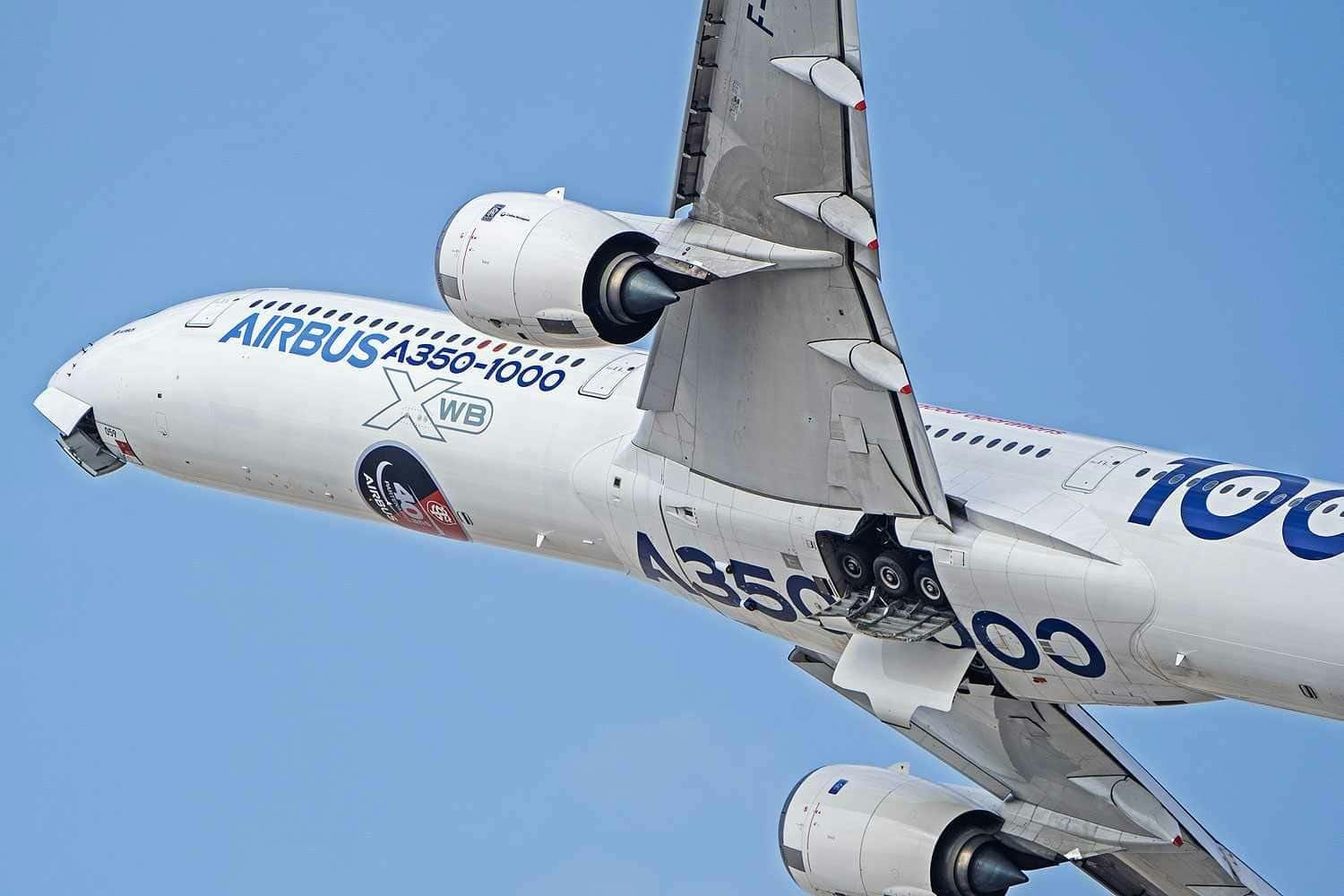
Airbus Receives New Order for A350-1000
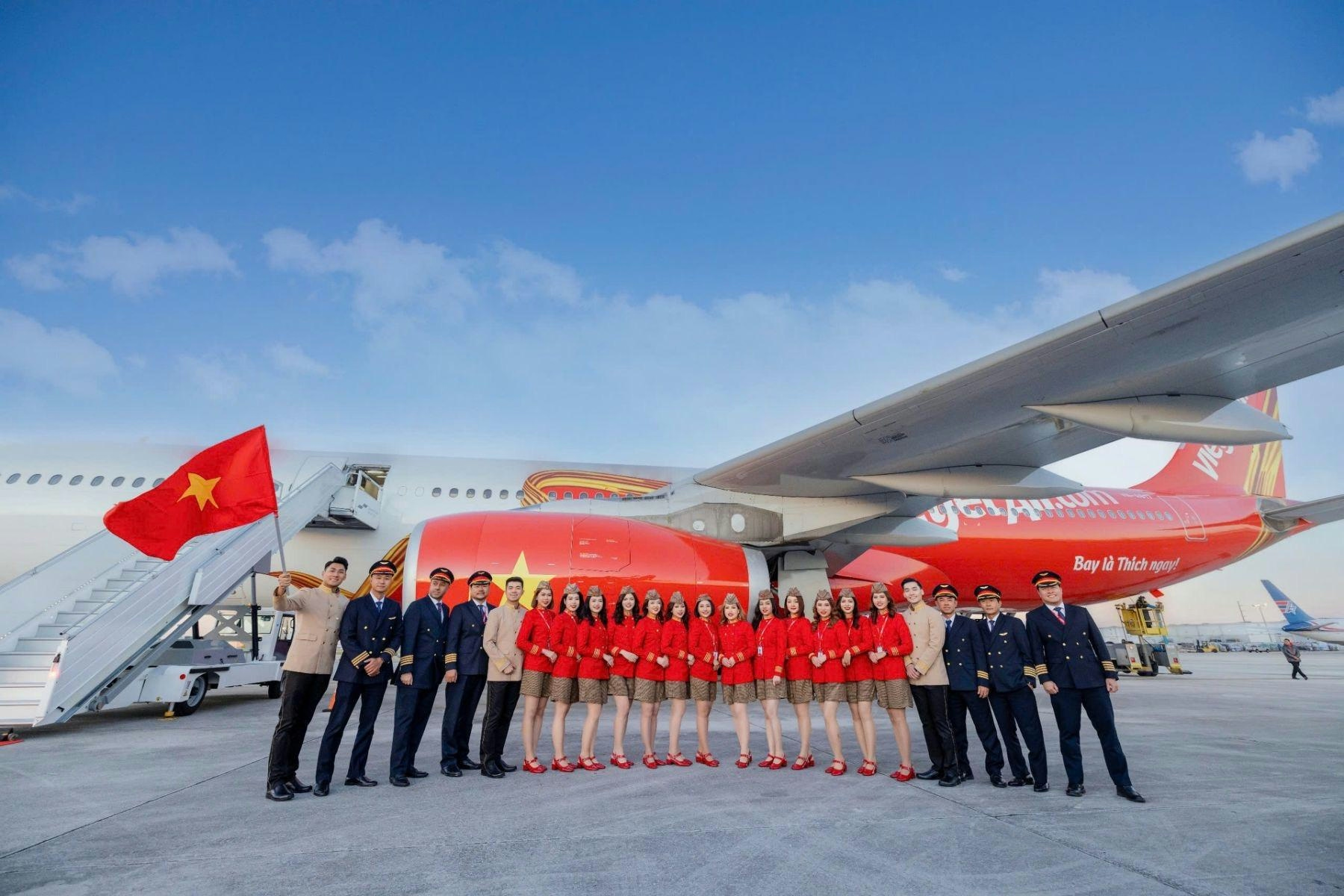
The Leading Widebody Aircraft in Service Today
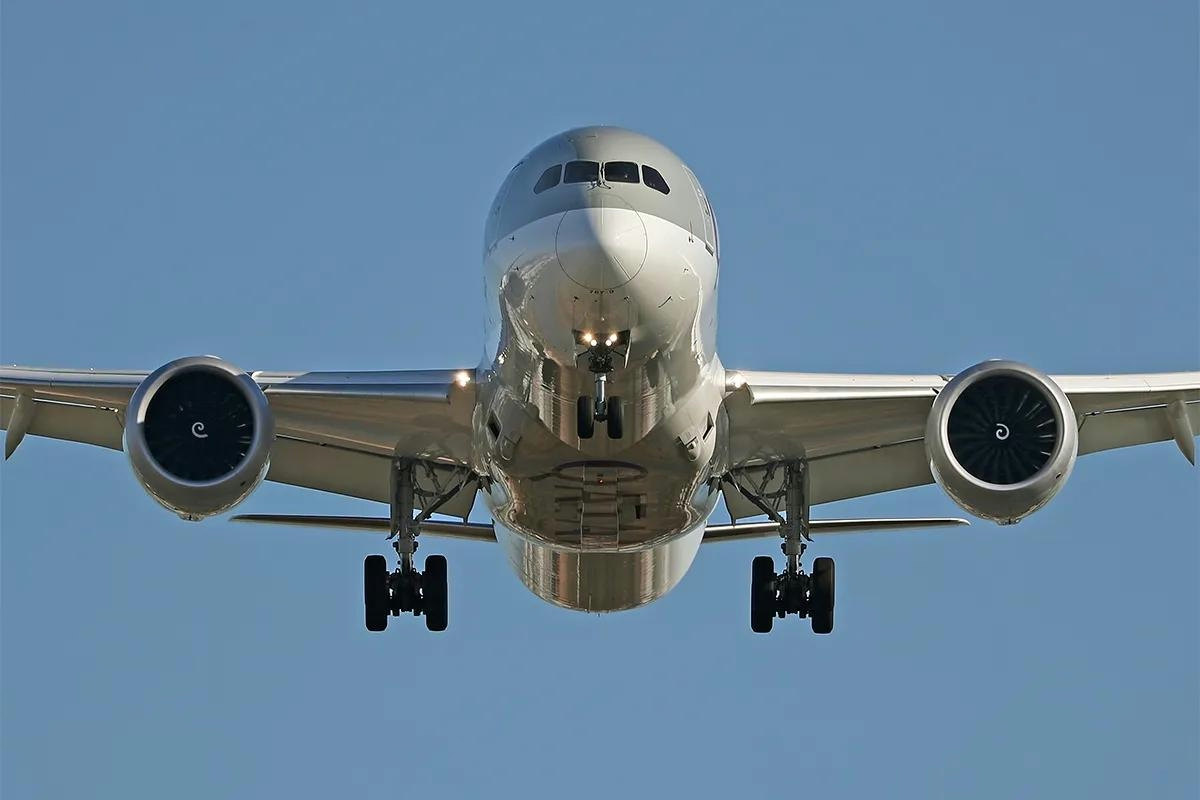
The Fastest Boeing Jet Currently in Service
